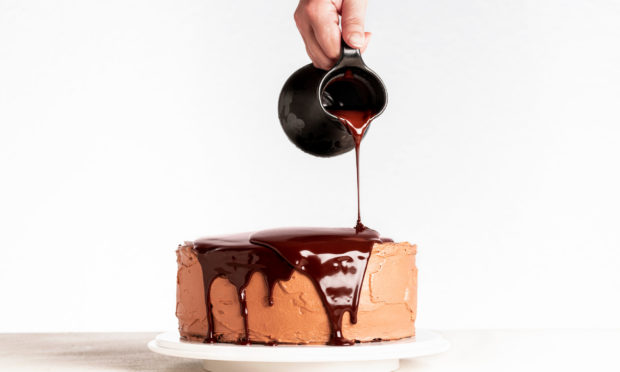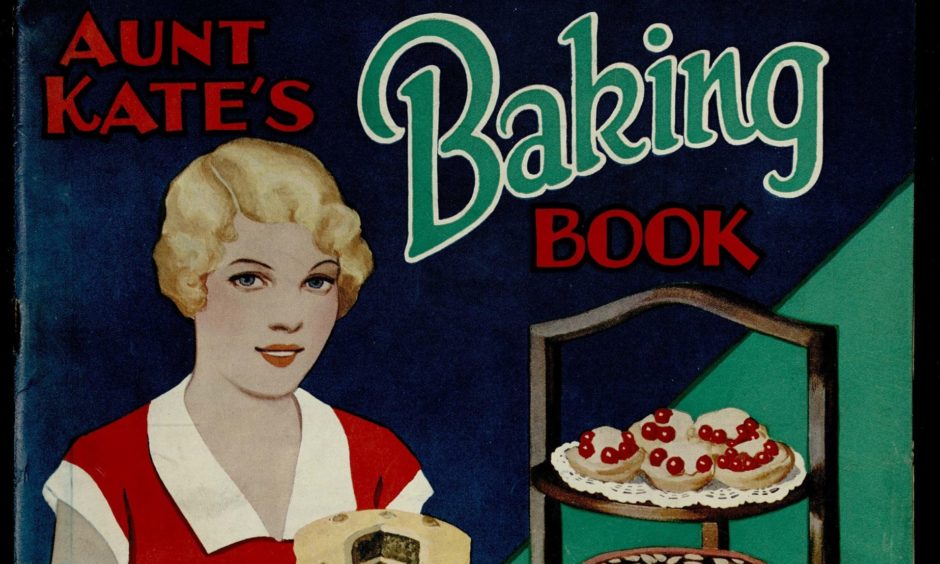Decorate your cakes, loaves, doughnuts, muffins and brownies with these deliciously easy icing recipes from 1933, which still work a treat today.
So you’ve mastered the cake making part but want some more ideas on how to decorate it? Well you’ve come to the right place as Aunt Kate shares some icing tips from her 1933 Baking Book.
The “original domestic goddess” says: “When using icing sugar, roll it first with a rolling pin to get rid of any hard lumps, then rub it through a sieve. Unless this is done, the icing will not be smooth.
“When egg white is required, whip it well before adding it, otherwise the icing will be sticky.
“Soft shades of icing always look best and it is easier to obtain them when the original icing is cream coloured than white. This cream colour is secured through the use of a good butter and an egg yolk.
“Colour should be added very carefully, working in small amounts at the edge of the icing first of all. If this is not done, streaks and spots will be the result.
“Before starting to ice a cake, trim off any rough edges. This will ensure a smooth, iced surface.
“Rich fruit cakes require two coats of icing. Allow the first coat to dry thoroughly before applying the second.”
Caramel Frosting
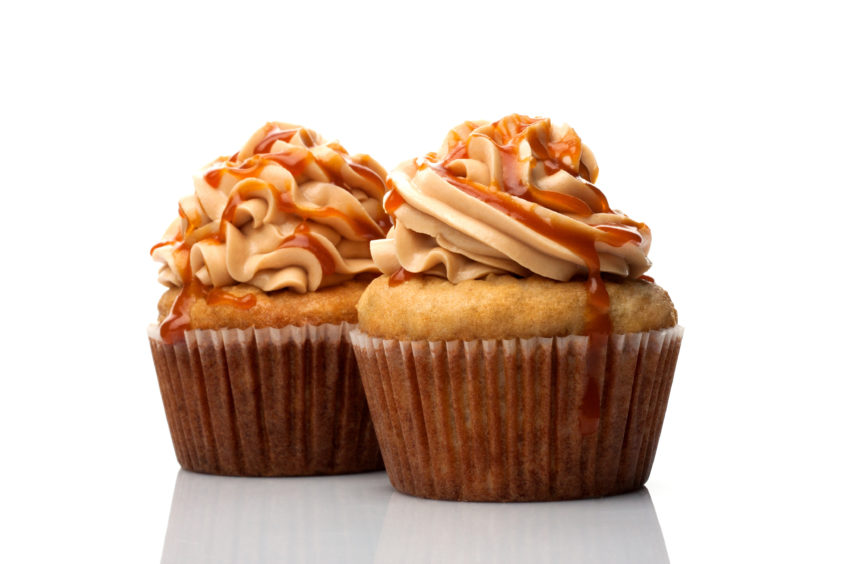
Ingredients
- 3 cups brown sugar
- ½ cup milk
- 2 tbsp butter
- 1 tsp vanilla
Method
- Cook the sugar and milk, stirring until all lumps are dissolved.
- Then, continue to cook without stirring until it forms a soft ball when tested in cold water.
- Add the butter, cool, then add the vanilla, beating until the mixture is of a spread consistency.
Lemon Glace Icing
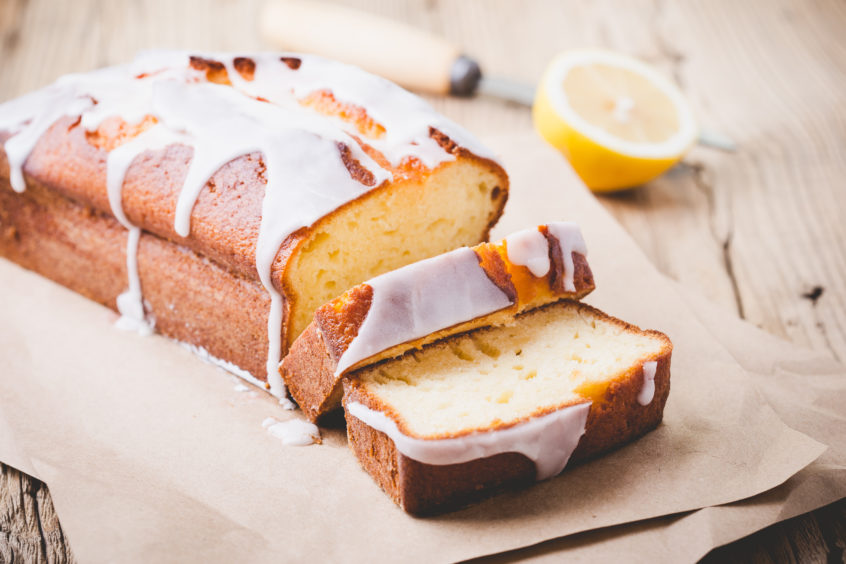
Ingredients
- ½ lb icing sugar
- Strained lemon juice
Method
- Sieve the sugar and put it into a small saucepan. Moisten it gradually with strained lemon juice and make the icing hot without allowing it to boil.
- It should be thick enough to coat the back of the spoon, and must be well beaten.
- Pour it quickly over the cake.
Strawberry Frosting
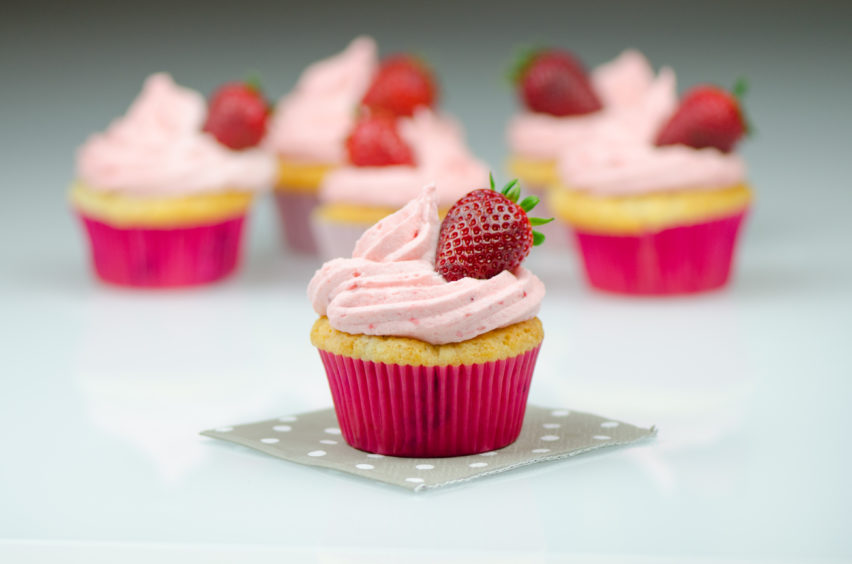
Ingredients
- 1 cup sugar
- 1 egg white
- ½ tsp strawberry flavouring
- 3 tbsp cold water
Method
- Put the sugar, water and egg white into the upper part of a double-boiler (or into a pyrex or heatproof bowl over a pan of boiling water).
- Keep the water in the lower pan boiling briskly and beat steadily for seven minutes.
- Cool slightly, add the flavouring and beat with a spoon until it is the right consistency to spread on a cold cake.
Vanilla Icing
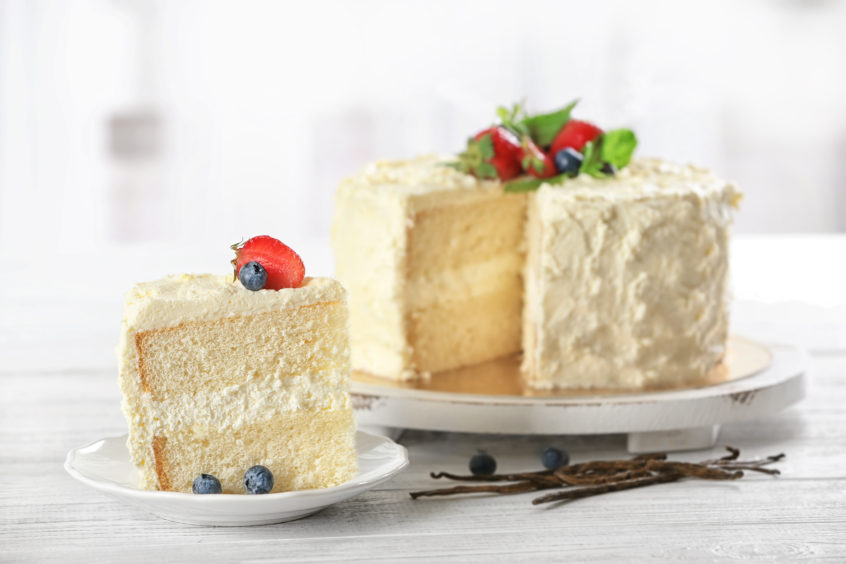
Ingredients
- 1 cup icing sugar
- 2 tbsp cream
- 1 tsp vanilla
Method
- Mix the sugar, cream and vanilla together to use as required.
Wonder Chocolate Icing
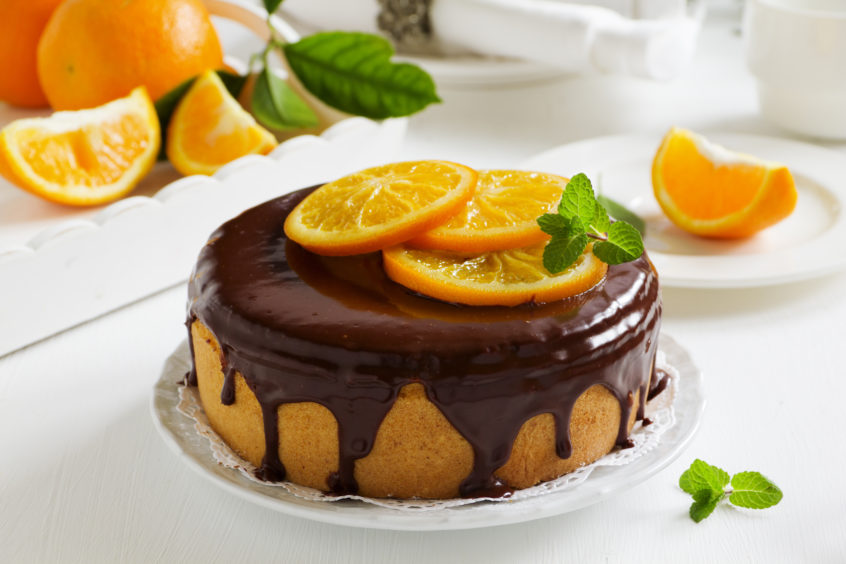
Ingredients
- 3 tbsp melted butter
- 3 cups icing sugar
- 2 tbsp orange juice
- Grated rind of half an orange
- Pulp of 1 orange
- 1 egg white
- 3 oz chocolate (approx 85g), melted
Method
- Put the sugar, butter, orange juice and rind into a bowl.
- Cut the pulp from the orange, removing the skin and the seeds, and then add.
- Beat all until smooth, then fold in the egg white.
- Then add the melted chocolate, mix well and spread thickly onto the cake to be iced.
- This icing can also be used as a filling for layer cakes.
More in this series…
